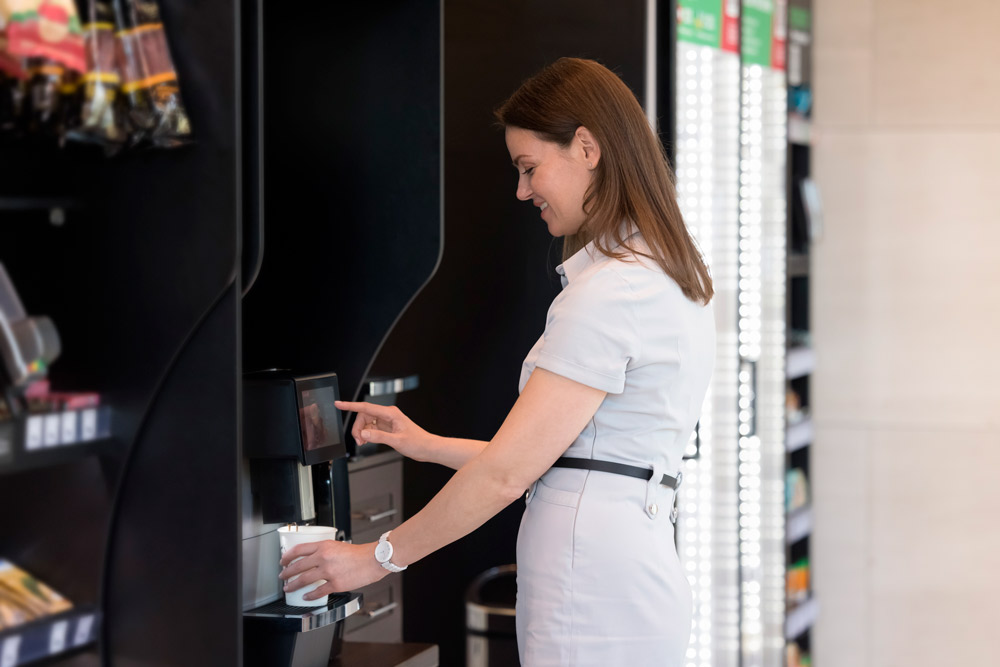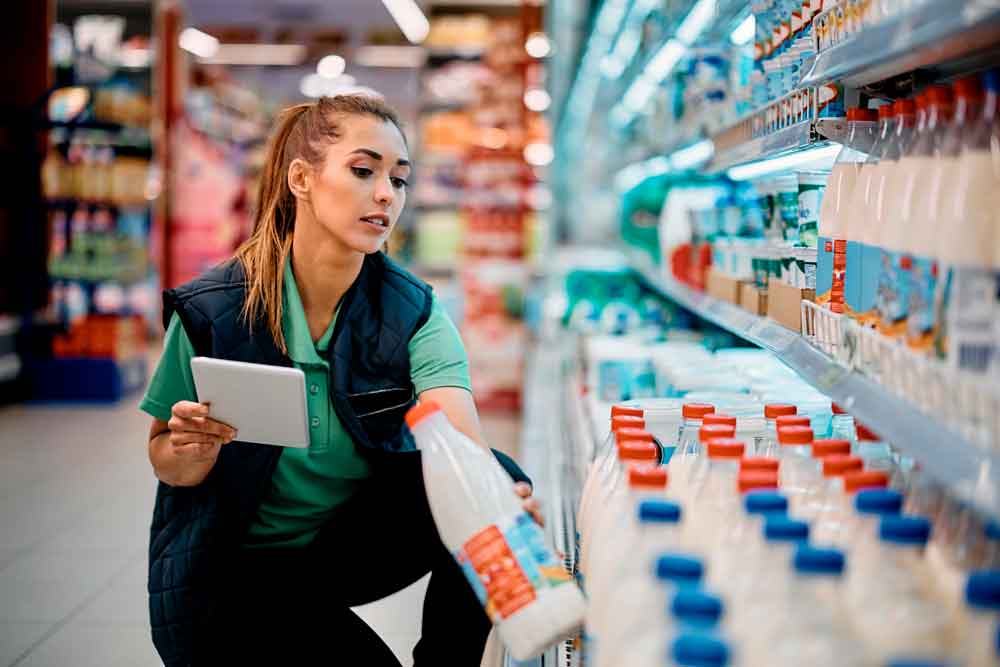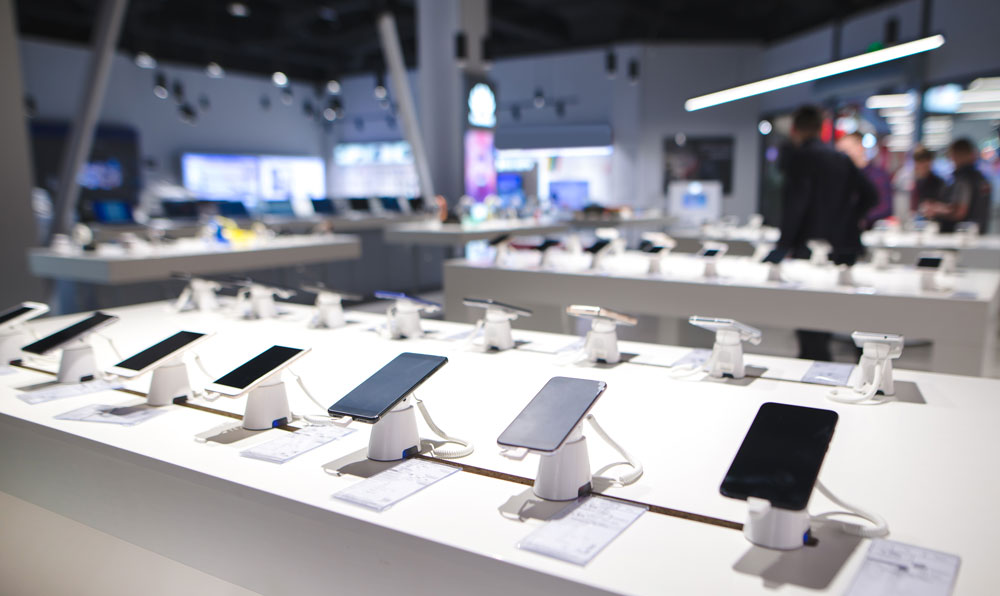Operational standards are fundamental in day-to-day retail, helping to improve efficiency and the quality and consistency of results while reducing uncertainty in communication.
When they are created and shared correctly and efficiently, each store has reliable information to limit risks, run efficient processes, and deliver the best customer experience, as presented in the article 5 reasons why every retailer should use SOPs. However, to achieve these benefits, it is necessary to do more than send them by email or post them on the intranet.
Measuring compliance with operational standards makes it possible to review and evaluate whether business guidelines are followed, aligning day-to-day management with the established objectives and goals. Here are 5 reasons why every retailer should measure the level of compliance in their stores:
1. Ensure compliance
Guidelines are the baseline information for delivering a consistent and coherent quality of process and experience across all locations. Guidelines are the baseline information for delivering a consistent and coherent quality of process and experience across all locations. By measuring compliance with operating standards, managers and decision-makers may identify whether each store follows the established procedures and actively manage them by answering questions such as: Which criteria are being met in general or by a specific store? Which ones are not and why? Is there any common factor that may be influencing compliance?
2. Protect the brand
In the retail world, competition is intense, and every element can impact brand experience, recognition, and loyalty. This is why, once guidelines have been shared, it is essential to measure the level of compliance and validate whether protocols that support the overall brand image are being effectively implemented.
3. To highlight gaps and opportunities for improvement
Measuring the level of compliance will also identify inconsistencies, bottlenecks, and frequent operational gaps. Consolidating this information across all stores will result in high-value data to identify improvement opportunities and recommendations to optimize the operation’s efficiency. Further analysis of metrics, accompanied by management-oriented KPIs, will indicate, for example, the business areas where reinforcement is required and the departments with the most significant improvement potential, among others.
4. Training of store personnel
While publishing and sharing operational protocols is necessary, it is generally not enough to fully reach store personnel and become part of the organization’s DNA.
Compliance measurements will help identify those points that need to be strengthened as part of the training and coaching of associates to keep them engaged with the business and empowered with their roles’ value.
5. Improve the customer experience
Physical stores are a fundamental touch point for every retailer. It is where the customer experiences the company’s value proposition with all five senses. It is transmitted consciously and unconsciously in different ways: the order and cleanliness of the store, the staff‘s attitude and knowledge, the arrangement of products and displays, and more.
Knowing precisely what guidelines are being effectively followed in every store will allow retailers to manage those key elements that enhance customer experience, trust, and consistency. This will lead to a more strategic and effective resource management, in harmony with the designed customer experience.
At Frogmi®, we know that implementing operational standards is fundamental to retail: it is critical to delivering an experience consistent with the business strategy and brand image across all stores while maintaining an effective and efficient operation.
Ensuring every store and associates are compliant is a constant challenge. Fortunately, the use of technology tools, such as a task management platform, is beneficial for communicating, measuring, and improving compliance with operational standards, supporting better communication, greater visibility into store realities, and highlighting opportunities for continuous improvement for in-store operations and execution.













